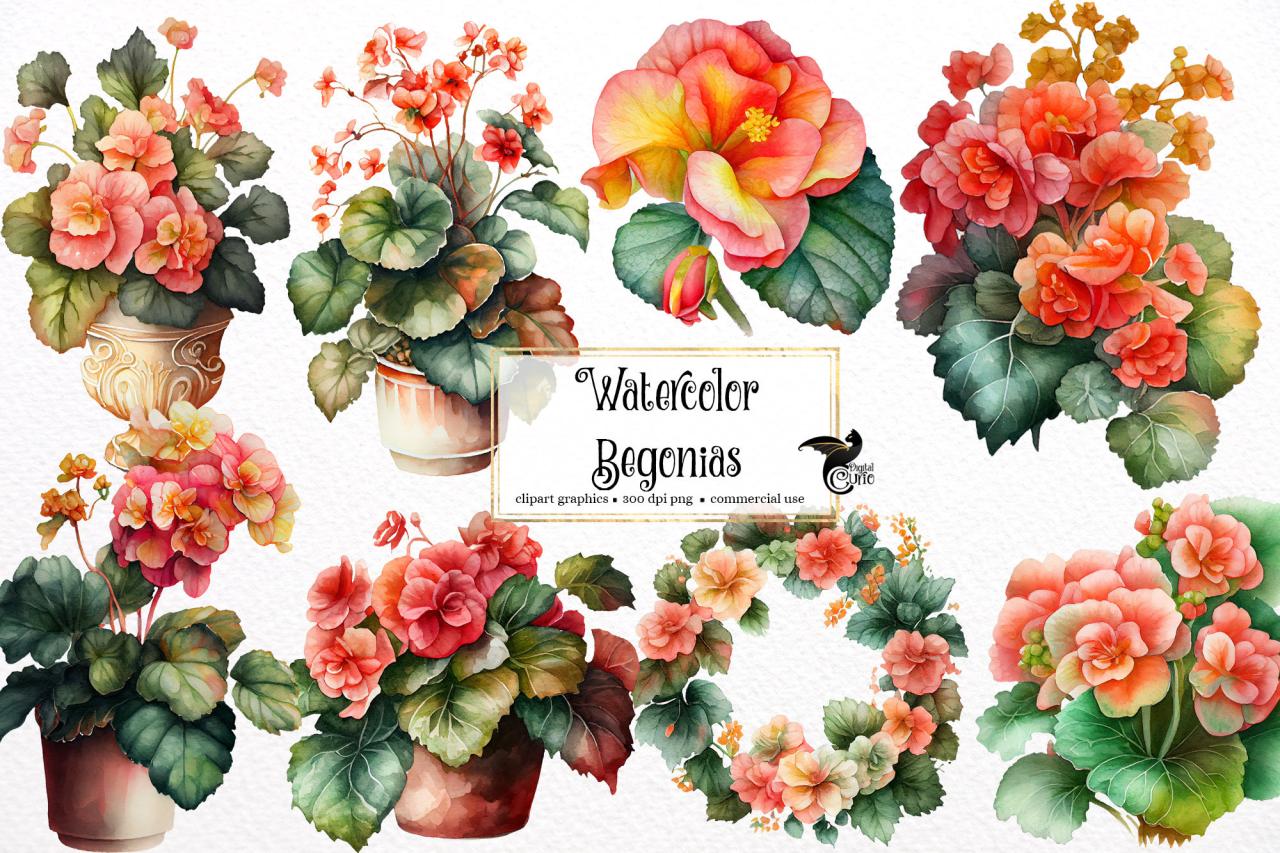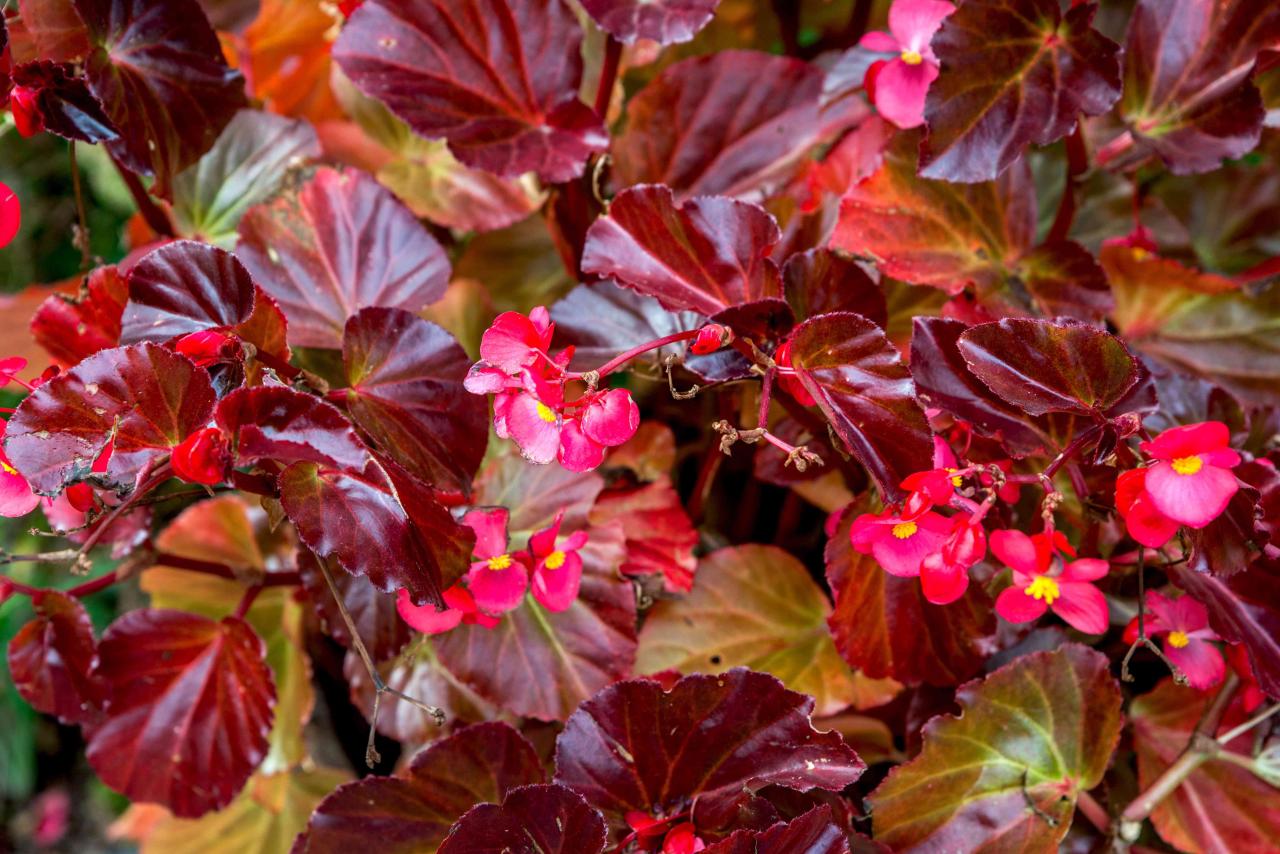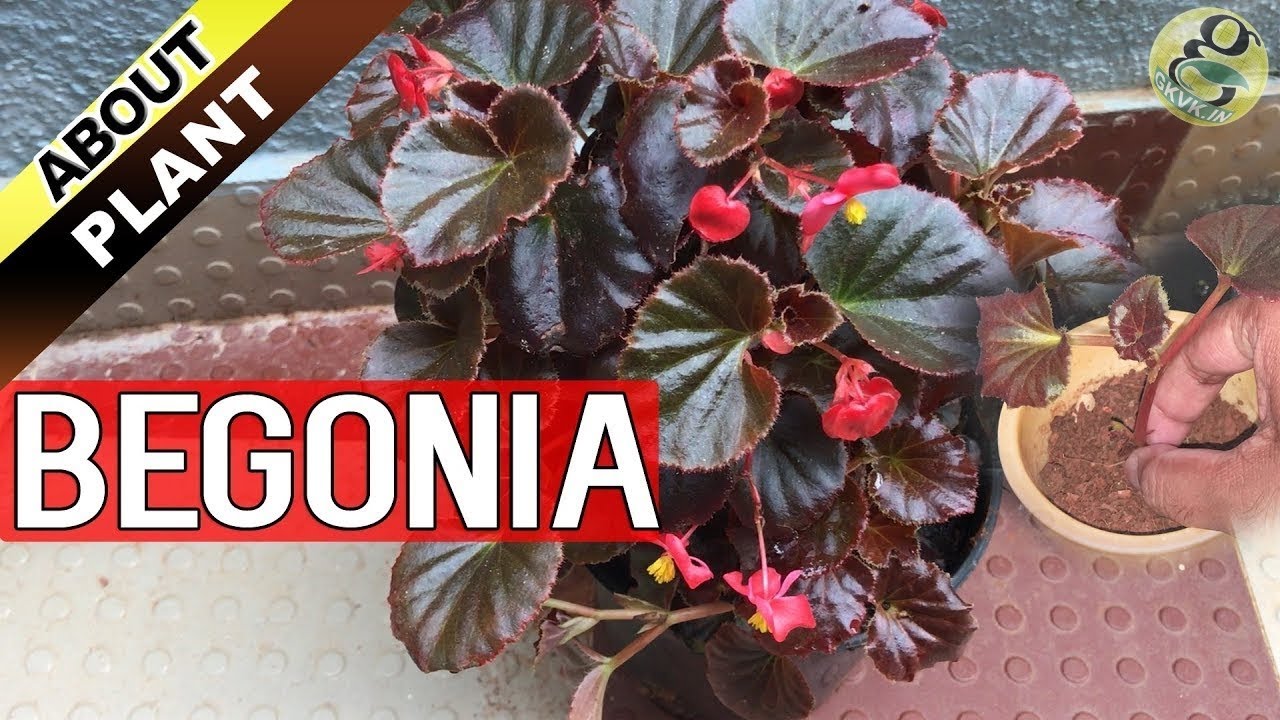Begonias are beloved houseplants known for their stunning foliage and vibrant flowers. However, these beautiful plants can sometimes encounter issues that lead to their decline. If you find your begonia plant dying, it’s crucial to identify the cause and take steps to revive it. In this comprehensive guide, we’ll cover common issues that can lead to a dying begonia, signs to look out for, and effective solutions to bring your plant back to health. 🌱
Understanding Begonias: Begonia Plant Dying
Before we delve into the signs and causes of a dying begonia, it’s important to understand the different types of begonias and their care requirements. Begonias are a diverse group of plants, with more than 1,800 species and various hybrids. Some popular types include:
| Type of Begonia | Characteristics |
|---|---|
| Fibrous-rooted Begonias | Common houseplants with colorful flowers. |
| Tuberous Begonias | Known for their large, showy flowers. |
| Rhizomatous Begonias | Famous for their striking foliage and unique leaf shapes. |
Why Are My Begonia Leaves Turning Yellow?

Yellowing leaves are often the first sign that your begonia is in distress. This can be caused by a variety of factors, including:
- Overwatering: Too much water can lead to root rot, preventing the plant from absorbing nutrients.
- Underwatering: Conversely, lack of moisture can also cause yellow leaves, as the plant struggles to maintain its health.
- Pests: Infestations from pests like aphids or spider mites can lead to stress and yellowing.
Note: Always check the moisture levels in the soil before watering your begonias!
Identifying Signs of Root Rot
Root rot is one of the most common reasons for a dying begonia. Here are some signs to look for:
- Soft, mushy roots that have a dark color.
- Foul odor emanating from the soil.
- Wilting leaves despite adequate watering.
If you suspect root rot, it’s crucial to act quickly. Remove the plant from its pot and inspect the roots. Trim away any black or mushy roots, and replant in fresh, dry potting soil. Ensure that the new pot has adequate drainage. 🪴
Common Pests Affecting Begonias

Pests can wreak havoc on your begonia plant’s health. Here are the most common pests that can affect begonias:
| Pest | Symptoms | Treatment |
|---|---|---|
| Aphids | Curled or distorted leaves, sticky residue. | Insecticidal soap or neem oil. |
| Spider Mites | Thin webbing, yellow speckles on leaves. | Increased humidity and miticides. |
| Mealybugs | White, cottony masses on stems and leaves. | Rubbing alcohol treatment. |
Improper Lighting Conditions
Begonias thrive in bright, indirect light. Too much direct sunlight can scorch their leaves, while too little light can stunt their growth. Here’s what to look for:
- Scorched Leaves: Brown tips or edges indicate too much sun.
- Leggy Growth: If your begonia is stretching towards the light, it’s a sign it’s not getting enough.
To adjust the lighting, move your plant to a spot that receives filtered sunlight, such as near a window with sheer curtains.
Fertilization Needs
Begonias require regular fertilization during the growing season to thrive. However, over-fertilizing can lead to fertilizer burn, which damages the roots. Here’s a simple fertilization guide:
| Type of Fertilizer | Frequency |
|---|---|
| Liquid Fertilizer | Every 4-6 weeks during the growing season. |
| Slow-release Fertilizer | Once every 3-4 months. |
Tip: Dilute your fertilizer to half strength to avoid over-fertilization.
Environmental Factors
The environment plays a significant role in the health of your begonia. Consider these factors:
- Humidity: Begonias love humidity! Dry air can lead to crispy leaves. Consider using a humidifier or placing a tray of water near your plant.
- Temperature: These plants prefer a temperature range of 65°F to 75°F. Avoid placing them near drafts or heating vents.
Reviving Your Dying Begonia, Begonia Plant Dying
If your begonia is showing signs of decline, here are steps to help revive it:
1. Assess Watering Needs: Check the soil moisture and adjust your watering schedule accordingly.2. Trim Damaged Leaves: Remove any dead or yellowing leaves to promote new growth.3. Inspect for Pests: Check under leaves and around stems for any signs of infestation. Treat as necessary.4. Adjust Lighting: Ensure your plant is receiving adequate light without direct exposure.5. Optimize Humidity: If the air is dry, consider misting the leaves or using a humidity tray.
By identifying the specific cause of your begonia’s decline and addressing it promptly, you can bring your plant back to life and enjoy its beauty for years to come! 🌼
